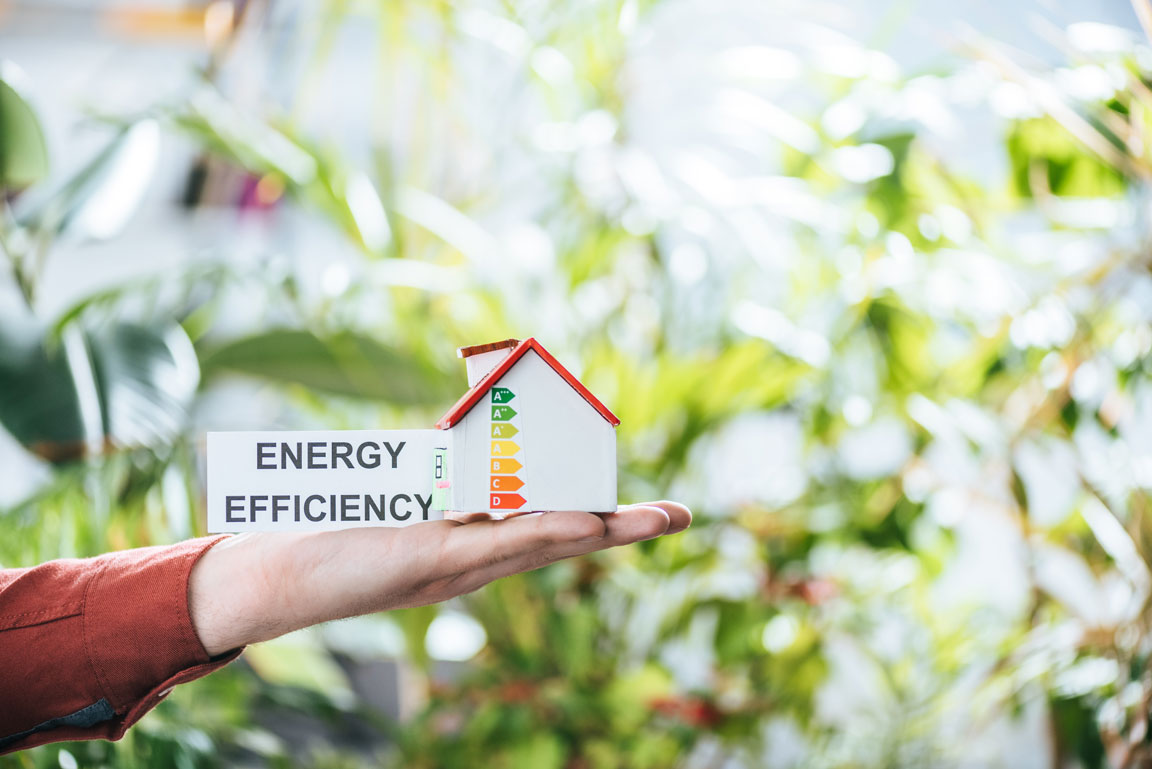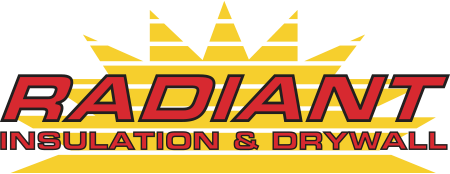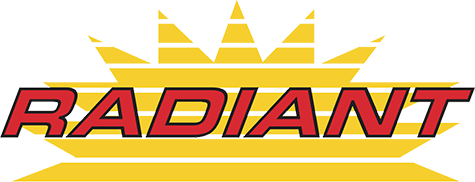Air sealing your home has several benefits for your wallet, comfort, and health.
The Primary Benefits of Air Sealing Your Home
First and foremost, air sealing helps reduce energy consumption. By preventing air leaks, you can keep your home at a consistent temperature, reducing the need for your heating and cooling systems to overwork. This results in lower energy bills and less strain on your HVAC system, potentially extending its lifespan.
In addition to energy savings, air sealing also improves indoor air quality. By preventing outdoor pollutants and allergens from entering your home, you can create a healthier living environment. Moreover, it reduces moisture buildup, preventing mold and mildew growth, which can have profound health implications.
Another benefit of air sealing is increased indoor comfort. Drafts can make your home feel chilly and uncomfortable, even when your heating system is running. You can create a more comfortable living environment by sealing up leaks, especially before extreme weather conditions.
Air sealing also reduces noise pollution. Unwanted noise from the outside can be a distraction, reducing the tranquility of your home. Sealing leaks can reduce the amount of noise entering your home, creating a more peaceful and enjoyable living environment.
Air sealing can also increase the overall value of your home. An energy-efficient and comfortable home is more appealing to potential buyers and can increase your home’s resale value. As previously mentioned, an air-sealed home is often more energy-efficient, which can result in lower utility bills for the new homeowner.
Air sealing your home is an investment that pays off in multiple ways.
Key Points
- Reduces energy consumption
- Improves indoor air quality
- Increases indoor comfort levels
- Reduces noise pollution
- Increases the value of your home


Professionally Air Sealing Your Home
Air sealing your home involves identifying and sealing gaps, cracks, and leaks in your home’s envelope to prevent unwanted air exchange between the interior and exterior. Some of the most effective ways to air-seal your home include:
Caulk and weatherstrip: Caulk is a flexible material that can be applied to the gaps around windows and doors to prevent air from passing through. Weatherstripping is a compressible material that can be applied to the gap between the moving parts of windows and doors, such as the door frame and the door itself. Both of these materials are easy to apply and are effective at preventing air leaks.
Seal ducts: Ducts can be a significant source of air leaks, especially if they are located in attics, basements, or crawl spaces. Using mastic or metal tape, seal all joints and connections in the ducts to prevent air from escaping.
Insulate: Insulating your home can also help reduce air leaks. Adding insulation to walls, attics, and crawl spaces can reduce heat loss in the winter and heat gain in the summer, making your home more energy-efficient.
Seal electrical and plumbing penetrations: Electrical and plumbing penetrations, such as those for wires, pipes, and vents, can be sources of air leaks. Seal these penetrations using foam sealant or a similar material.

Hire a professional: A professional energy auditor can identify air leaks that are not easily visible, such as those in the attic, walls, and crawl space. An auditor can also perform a blower door test, which measures the airtightness of your home and helps identify areas that need to be sealed.

